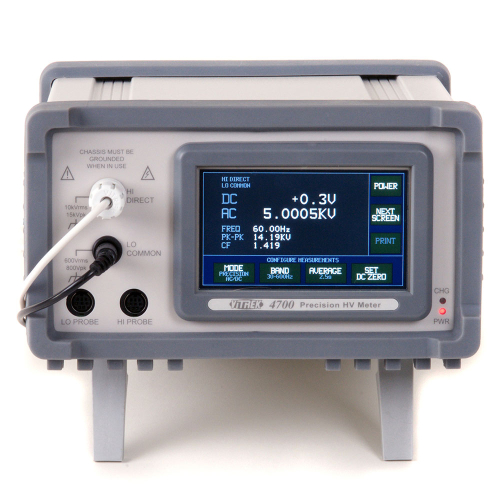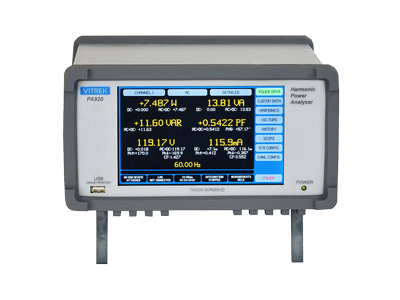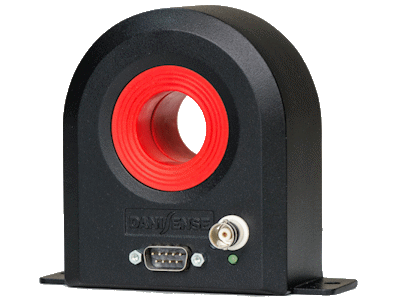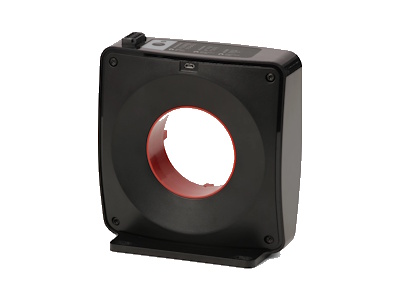Meters and Analyzers, including power analyzers, wattmeters, current sensors, etc., are widely used in power supply R&D units, laboratories, and production lines
As essential tools for modern energy measurement and analysis, power meters and analyzers play a critical role in various fields, including industry, power distribution, and scientific research. These devices provide accurate measurement and diagnostics of electrical parameters, offering important bases for energy efficiency management and equipment operation optimization. Among them, power analyzers, wattmeters, and current sensors are three of the more typical measurement and analysis devices. These instruments will be briefly introduced below.
A power analyzer is a high-performance testing device primarily used for comprehensive measurement and analysis of AC and DC power supply performance. It can measure parameters such as power, voltage, current, power factor, and harmonics, while also conducting detailed analysis of the energy consumption characteristics of nonlinear loads. Power analyzers have a wide range of applications in power supply testing, inverter development, and energy efficiency evaluation.
A wattmeter is an instrument focused on power measurement. Traditional wattmeters are mainly used to record the electricity consumption of users, while modern wattmeters are more intelligent, with advanced functions such as accurate measurement of power factor and peak energy consumption. These wattmeters have become core components of energy management systems and are widely used in commercial and industrial locations.
A current sensor is a device that measures current, capable of converting current signals into voltage or digital signals for display and recording. Depending on the principle, current sensors can be divided into types such as Hall effect, shunt, and electromagnetic induction. They are crucial in power equipment protection, electrical control systems, and energy monitoring applications.






